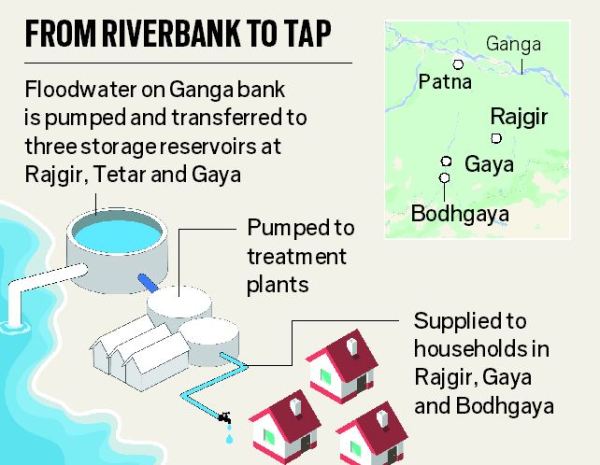Healthcare scenario far from rosy in state, shows survey
2 min readPatna: Bihar government could not add a single primary health centre (PHC) in any of the 38 districts of the state in the financial year 2013-14, according to the economic survey 2013-14 of the state government.
Quoting the figures of Bihar State Health Society, it says there were 36 district hospitals, 67 referral hospitals, 40 subdivisional hospitals, 533 PHCs, 9,696 health sub-centres and 1,330 additional PHCs. Overall, there were 11,702 health institutions in the state. The figure is exactly what was given in the economic survey for 2012-13. Moreover, the district-wise break-up of the above-mentioned figures remains unchanged from the previous survey. As in 2012-13, in 2013-14 too there was one health institution for over 8,000 people.
Sheohar ranks worst across the state in terms of population per health institution (15,641). In Patna district, there were over 12,000 people for one health institution (Box 1). The best three districts in terms of population per health institution are Jamui (5,165), Nawada (5,598) and Sheikhpura (5,772). Patna district has 480 government health institutions.
On an average, there are four doctors in the state for a population of 1 lakh. According to the survey, Kishanganj ranks highest in terms of doctors’ shortage, with 1.72 doctors on an average for one lakh population. (Box)
Interestingly, Sheohar ranks lowest in terms of doctors’ shortage, with 7.27 doctors (on an average) serving per one lakh population, followed by Sheikhpura (6.51), Arwal (6.14), Patna (5.98) and Buxar (5.61).
Overall, Bihar has 2,461 regular doctors and 1,594 contract doctors against the sanctioned strength of 4,851 and 2,375, respectively. Interestingly, the number of both regular and contract doctors was higher in 2012. “For the state as a whole, the vacancy rate is more than 50%. In some of the districts, the vacancy rates are much higher,” says the survey.
In contrast to the availability of doctors, the strength of health personnel working at periphery, including ANMs and ASHA workers, is much higher. In March 2013, the strength of regular ANMs was 9,406 against the sanctioned strength of 11,479. Besides, over 8,000 ANMs are working on contract. When it comes to ASHA workers, 84,400 are working in the state, against a sanctioned strength of 87,100.
With regard to prevalence of diseases, the three most common ailments in the state between January and September, 2012, were: Acute respiratory infection (16.1 lakh cases), fever of unknown origin (10.9 lakh cases) and acute diarrhoea (5.2 lakh cases). In the same period, there were 3.2 lakh cases of dog bites.
“Besides the absence of safe drinking water, there are a number of sanitation and nutritional deficiencies that lie at the root of such high prevalence of diseases in Bihar,” the survey points out. The other most prevalent diseases include enteric fever, viral hepatitis, malaria and pneumonia.
On the front of institutional delivery, though in every district the number has risen, inter-district variation remains a cause of concern. While Samastipur and Patna are two best performing districts, Sheohar and Arwal are the worst performers.
Courtesy: TNN


